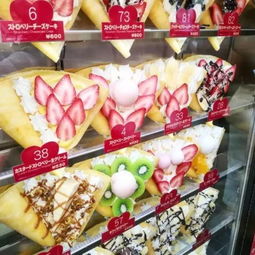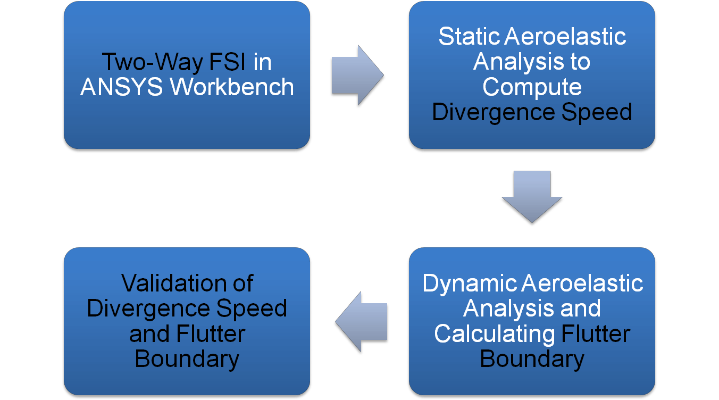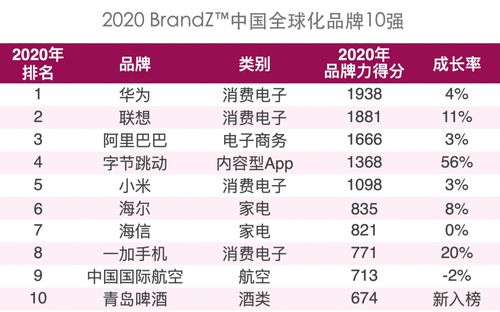The Global Trends and Challenges in Textile A-Class Products
The global textile industry is undergoing significant transformation, with A-class products emerging as a key driver of growth. These high-end textiles are characterized by their superior quality, durability, and sustainability, making them increasingly sought after by consumers worldwide. However, this growth is not without its challenges, particularly in terms of supply chain management, raw material sourcing, and environmental concerns. As the demand for A-class textiles continues to rise, it is crucial for manufacturers to develop effective strategies to meet this growing market demand while also addressing the associated challenges. This includes investing in technology to improve production efficiency, adopting sustainable practices to reduce environmental impact, and exploring new sources of raw materials that align with ethical and social responsibility standards. By embracing these trends and challenges, textile manufacturers can position themselves for long-term success in the rapidly evolving global textile market.
Introduction: Textiles, as a crucial component of the global economy, have evolved significantly over the years. Textile A-Class products, which are defined by their high quality, durability, and environmental friendliness, represent a significant segment within this industry. In this article, we will explore the global trends and challenges faced by textile A-Class products, including the latest developments in technology, market dynamics, and regulatory frameworks. We will also present an illustrative case study to provide a comprehensive understanding of the topic.
Global Trends in Textile A-Class Products:
-
Technological Advancements:

- Eco-Friendly Fabrics: As awareness about sustainability grows, eco-friendly fabrics such as organic cotton, bamboo, and recycled polyester are becoming increasingly popular. These fabrics not only reduce environmental impact but also offer superior comfort and breathability.
- Smart Textiles: With the integration of advanced technologies like sensors and electronics, smart textiles offer enhanced functionality. For example, they can be used for temperature regulation, moisture management, or even as wearable devices.
- 3D Printing Technology: 3D printing has revolutionized the production of complex textile designs, enabling designers to create unique and intricate patterns that were previously impossible. This technology is particularly beneficial for small-scale manufacturers who may not have access to traditional manufacturing processes.
-
Market Dynamics:
- Growing Demand from Consumers: As consumers become more conscious of their environmental impact, they are demanding higher standards for their clothing and home furnishings. This demand is driving the growth of A-Class textiles in developed markets like North America and Europe.
- Emerging Markets: Asia Pacific, Latin America, and Africa are witnessing rapid growth in the textile industry due to rising income levels and changing consumer preferences. These markets offer tremendous potential for A-Class textiles producers.
- Trade Agreements: International trade agreements like the US-China Trade Deal have opened new avenues for A-Class textiles producers to enter new markets. However, these agreements also pose challenges, such as tariffs and regulations that must be navigated carefully.
Challenges Faced by Textile A-Class Products:
-
Regulatory Compliance:
- Environmental Standards: A-Class textiles producers must adhere to stringent environmental regulations, including those related to water usage, waste disposal, and carbon emissions. This can be a significant challenge for small-scale manufacturers who may lack the resources to comply with these standards.
- Safety Standards: Textiles must meet safety standards for workers' health and the environment. For instance, they must prevent the spread of harmful substances during production and disposal.
- Quality Control: A-Class textiles require strict quality control measures to ensure consistency in color, texture, and durability. This requires investment in advanced technology and trained personnel.
-
Competition in the Market:
- Cost Competition: A-Class textiles producers face intense competition from low-cost producers in developing markets. To stay competitive, they must focus on cost reduction while maintaining product quality.
- Brand Building: Building a strong brand reputation is crucial for A-Class textiles producers. They must invest in marketing strategies, product innovation, and customer service to differentiate themselves from competitors.
- Technology Investment: Investing in research and development is essential for staying ahead in the rapidly evolving textile industry. New technologies like 3D printing and smart textiles require substantial capital to implement.
Case Study: Consider the story of Lion Brands Inc., a leading producer of A-Class textiles in China. Lion Brands was established in 1987 and initially focused on producing basic textiles for domestic markets. However, as the company grew, it recognized the need to expand into international markets and invest in technological advancements to meet global standards.
In 2010, Lion Brands acquired a leading supplier of eco-friendly fabrics in Europe, further expanding its product offerings. The company invested heavily in research and development to develop innovative fabrics that met international standards for sustainability and quality. By 2015, Lion Brands had become one of the largest producers of A-Class textiles in China, with a presence in over 40 countries worldwide.
Conclusion: Textile A-Class products represent a significant sector in the global textile industry, driven by consumer demand for higher quality, sustainable, and technologically advanced products. While there are numerous opportunities for growth, producers must navigate regulatory compliance, market dynamics, and competition effectively. Through strategic investments in technology, brand building, and cost optimization, A-Class textiles producers can succeed in today's competitive market.
大家好,今天我们来聊聊纺织品中的A类,A类纺织品是指符合特定质量标准和安全要求的高品质纺织品,广泛应用于服装、家居装饰等领域,在讨论纺织品的质量和标准时,我们可以通过一个英文表格来详细说明。
纺织品A类的基本概念
质量标准
A类纺织品的质量标准主要包括纤维含量、纱线密度、织物结构、耐久性等方面,纤维含量是指纺织材料中纤维的质量百分比,是衡量纺织品质量的基础指标,纱线密度是指每平方米织物的纱线数量,决定了织物的厚度和手感,织物结构则决定了织物的舒适度和耐用性。

安全要求
除了质量标准外,A类纺织品还需要满足特定的安全要求,某些纺织品可能需要符合环保标准,不含有害物质;或者需要符合某些特殊安全标准,如无毒、无味、无刺激等。
英文案例说明
以下是一个英文案例,用于说明纺织品A类的实际应用和重要性。
高品质纺织品的应用
假设我们正在讨论一家高端服装品牌,他们主要销售高品质的A类纺织品,该品牌注重产品的舒适度和耐用性,使用高质量的纤维和纱线,经过精细的织造工艺,打造出手感柔软、厚度适中、耐穿耐洗的服装,该品牌还注重环保和安全要求,选择无毒、无味、无刺激的材料,确保产品的健康和安全。
纺织品A类的补充说明
为了更好地理解纺织品A类的具体内容和要求,我们可以使用英文表格进行补充说明,以下是关于纺织品A类的详细表格:
纺织品A类标准与要求
| 指标 | A类纺织品要求 | 示例说明 |
|---|---|---|
| 质量标准 | 纤维含量≥XX%,纱线密度适中 | 该品牌使用的面料含有XX%的优质纤维,织造工艺精细 |
| 安全要求 | 无毒、无味、无刺激等环保标准 | 该品牌的产品符合无毒、无味、无刺激等环保标准,符合消费者对健康安全的追求 |
| 其他要求 | 符合特定面料标准,如抗皱性、透气性等 | 该品牌的产品采用特定的面料标准,如抗皱性良好、透气性好等,满足不同消费者的需求 |
纺织品A类是高品质、安全、环保的代表,广泛应用于服装、家居装饰等领域,通过了解纺织品A类的基本概念和具体要求,我们可以更好地选择适合自己的产品,我们也应该关注纺织品的生产过程和质量控制,确保产品的质量和安全,希望本文的内容能够帮助大家更好地了解纺织品A类。
Articles related to the knowledge points of this article:
The Science Behind Colorful Textile Dyes
The Evolution and Present State of Huisheng Textiles
The Benefits of Textile Humidification:A Comprehensive Guide
Top Ten Textile Import Brands in the rankings of textiles imports



